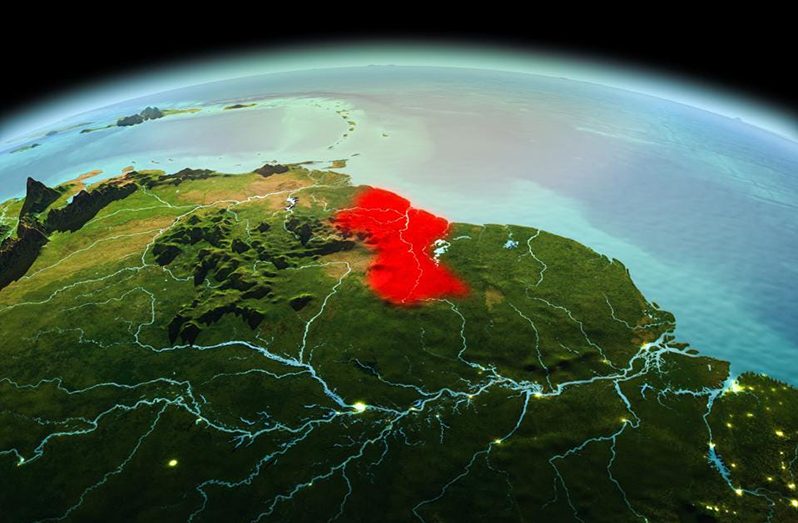AS the Biden administration focuses on its efforts to end new leasing and drilling for oil and gas in the Gulf of Mexico and other U.S. offshore provinces, investment continues to pour into projects offshore the tiny South American nation of Guyana.
A new study by energy intelligence group, Rystad Energy, finds Guyana’s oil production growing at such a rapid pace that it will surpass production levels in other big offshore basins, including the U.S., Norway and Mexico, by 2035 to become the world’s fourth-largest offshore producer.
Rystad reports that Guyana has been the global leader for new discoveries since 2015, with 11.2 billion barrels of oil equivalent, which amounts to 18 per cent of total global discoveries and 32 per cent of discovered oil. That growth has been driven by the prolific Stabroek Block, where a consortium led by ExxonMobil has announced a series of major new discoveries since that time.
Coincidentally, the year 2015 was also when the global oil industry started to suffer from a chronic under-investment in the finding of new reserves ample enough to replace annual consumption.
It’s an industry malady that still continues today, and has led to the current under-supplied market conditions. Exxon announced its initial Liza-1 discovery well in May of that year, and the number of new Guyana discoveries has now grown to 32, with two more announced this week.
The Guyanese government is the main beneficiary from the net revenues of the production. Rystad notes that the government receives 59 per cent of the total value from the Stabroek asset, comparing that to the roughly 40 per cent the U.S. government would receive from a typical offshore production area under current law. Government revenues are scheduled to surpass $1 billion this year, and Rystad says they will average $3.6 billion per year through 2030, rising to $12.4 billion annually through 2040.
Rystad’s report concludes that Guyana’s offshore production is in prime position to weather the energy transition.
Due to an estimated breakeven price of just $28 per barrel, Guyana is “well-positioned as an advantaged supply source in all Rystad Energy’s energy transition oil demand scenarios.”
The report also points out that “the emissions intensity of Guyanese production is only half the global average,” and that those emissions are expected to decline further in the years to come, due in large part to the consortium’s usage of state-of-the-art FPSOs (floating production storage and offloading vessels).
The large volumes of associated natural gas produced at Stabroek come with further environmental benefits, and will soon enable the Guyanese government to replace old electric power plants that use fuel oil with a new state-of-the-art natural gas plant.
The government is also using some of the revenues from its oil development to help fund the installation of solar farms and a major new hydropower project. These projects will not only cut emissions from the country’s power sector, but result in lower consumer costs as well.
While all this prolific growth is taking place offshore Guyana — and offshore the neighboring country of Suriname as well — the Biden administration has continued its focus on ensuring no similar offshore oil and gas advancements take place in the United States. Biden’s Interior Department, led by Secretary Deb Haaland, has yet to conduct a single successful offshore lease sale over the last 18 months. Secretary Haaland did finally issue a draft five-year federal offshore leasing plan on July 1 which contemplates holding a series of sales during that time frame, but emphasized her department would retain discretion to hold none if it so chooses.
Thus, it is no surprise that the billions of investment capital targeting new offshore oil and gas reserves is flowing out of the United States and into countries like Guyana. Over time, this nation of about 800,000 people seems destined to become a significant oil exporting power, surpassing the stagnating industry in a country with 330 million citizens. (Forbes)




.png)









